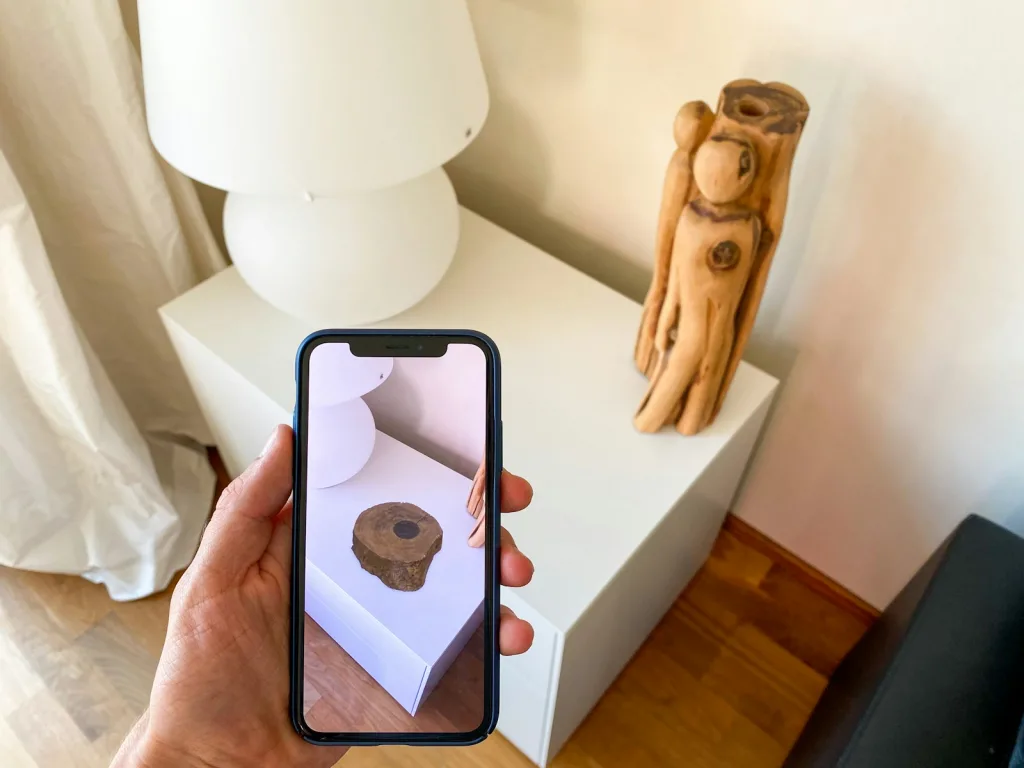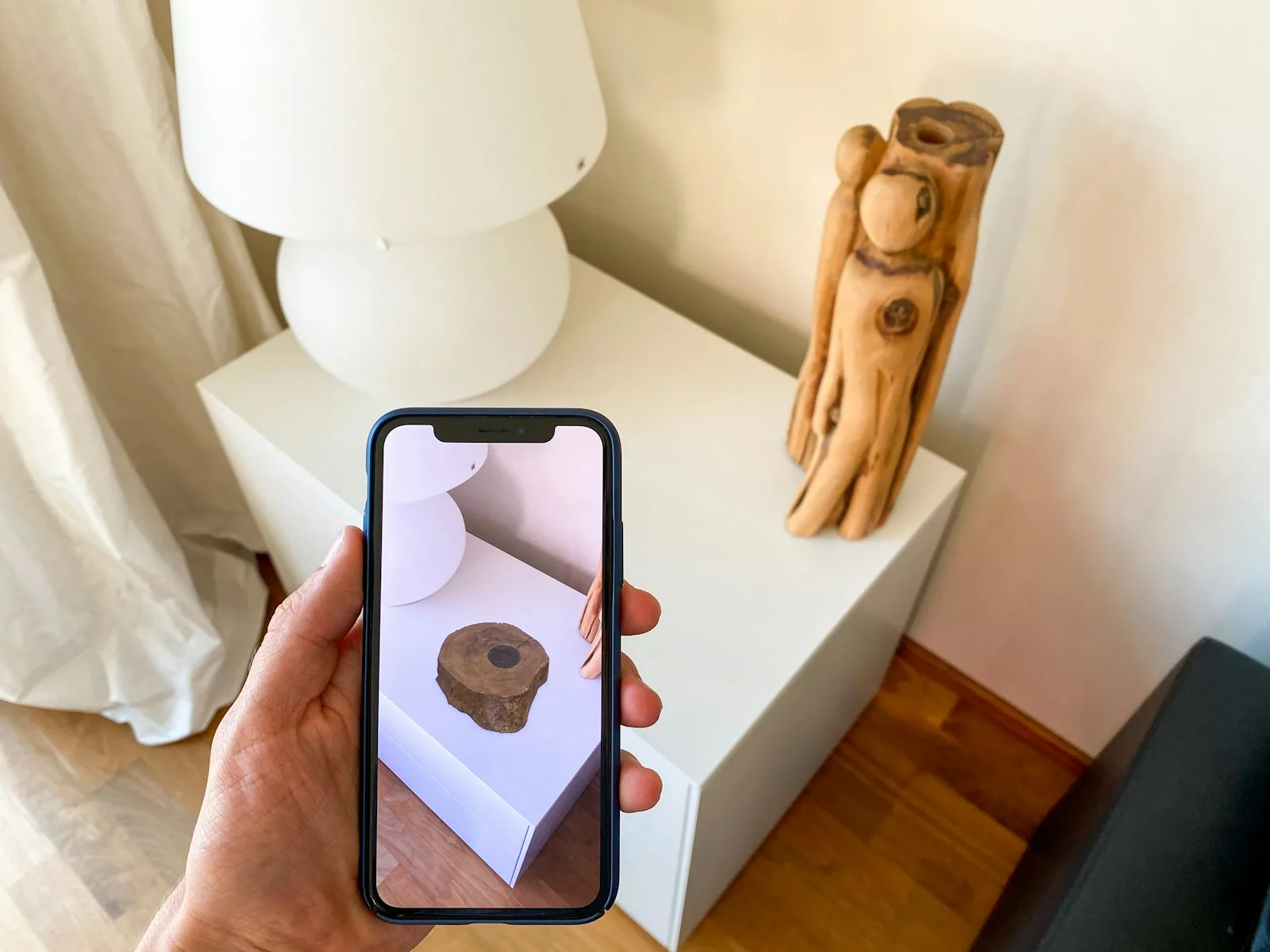How Augmented Reality Is Changing Industries

Augmented Reality (AR) is rapidly becoming a transformative technology in various industries, blending digital elements with the real world to create innovative, immersive experiences. From enhancing consumer engagement to revolutionizing training and operations, AR’s potential is vast. This comprehensive guide explores how AR is reshaping different sectors, highlighting specific applications and the profound impacts of this technology.
Understanding Augmented Reality
Augmented Reality involves overlaying digital information—images, videos, and 3D models—onto the real world. Unlike Virtual Reality (VR), which creates a fully immersive virtual environment, AR enhances the user’s perception of the real world without isolating them from it. This integration makes AR particularly useful in real-world applications.
Key Industries Transformed by Augmented Reality
- Retail
- AR allows customers to visualize products in their own space before buying. Furniture and decor retailers, for example, use AR apps to help customers see how a piece of furniture would fit and look in their home environment.
- In fashion, AR mirrors and apps enable customers to try on clothes virtually, improving the shopping experience and reducing returns.
- Education and Training
- AR brings interactive and engaging methods to education, making learning more accessible and effective. For instance, anatomy apps allow students to explore complex biological systems in 3D.
- In industrial settings, AR is used for training employees, offering hands-on experience without the risks associated with real-life training.
- Healthcare
- Surgeons use AR for increased precision during surgeries by overlaying critical information like patient vitals or imaging data directly into their field of view.
- AR applications also help in patient education and rehabilitation by providing more engaging and understandable visualizations of health conditions.
- Automotive Industry
- AR is enhancing the driving experience with heads-up displays that project information such as speed, navigation, and traffic information onto the windshield, allowing drivers to keep their eyes on the road.
- AR is also used in the design and manufacturing processes within the automotive industry, improving precision and efficiency.
- Real Estate
- AR apps in real estate offer potential buyers virtual tours of properties, allowing them to visualize changes and renovations to spaces before they are made.
- Tourism and Travel
- Museums and historical sites use AR to enhance the visitor experience by providing interactive and immersive tours that include historical facts, figures, and narratives.
- AR can also translate signs and menus in real time, improving the travel experience in foreign countries.
Challenges and Future Outlook
While AR is promising, there are challenges in adoption and implementation, including hardware limitations, privacy concerns, and the need for substantial content development. Despite these hurdles, the future of AR is bright, with ongoing advancements in AR technology and more widespread adoption across industries.
Conclusion
Augmented Reality is not just altering how we view the world; it’s revolutionizing entire industries by providing more engaging, efficient, and effective solutions. As AR technology continues to evolve, its integration into daily business operations and consumer applications is expected to deepen, offering even more innovative uses and transforming industries in unprecedented ways.






